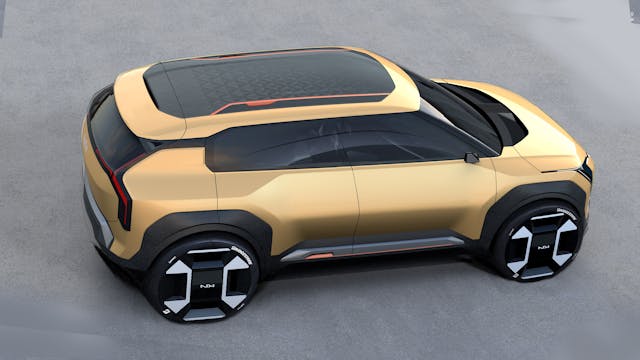Car Tech Innovations: How Technology Is Changing the Driving Experience
Technology is transforming the way we drive, making cars safer, smarter, and more efficient. From self-driving capabilities to advanced safety features and enhanced connectivity, modern vehicles are evolving at an incredible pace. These innovations are not just shaping the future of transportation—they’re redefining what it means to be behind the wheel.

Autonomous Driving: The Road to Self-Driving Cars
Self-driving technology has been one of the biggest advancements in car tech. Autonomous vehicles (AVs) use artificial intelligence (AI), sensors, and cameras to navigate roads with minimal human input. While fully autonomous cars are still in development, many driver-assist features already exist, including:
-
Adaptive Cruise Control (ACC): Maintains a safe distance from other vehicles.
-
Lane-Keeping Assistance: Detects lane markers and helps prevent drifting.
-
Automatic Emergency Braking (AEB): Detects obstacles and stops the car to avoid collisions.
Electric and Hybrid Vehicles: The Future of Sustainable Driving
As concerns about climate change grow, electric vehicles (EVs) and hybrids are revolutionizing the auto industry. Innovations in battery technology have led to longer driving ranges and faster charging times. Many new EVs come with features like:
-
Regenerative braking, which converts energy into battery power.
-
Smart charging networks, allowing drivers to locate and reserve charging stations.
-
Over-the-air (OTA) software updates, improving vehicle performance remotely.
Advanced Driver-Assistance Systems (ADAS)
ADAS technologies enhance safety and reduce human error, a leading cause of accidents. Some of the most innovative systems include:
-
Blind-spot monitoring: Alerts drivers of unseen vehicles.
-
Traffic sign recognition: Reads road signs and displays them on the dashboard.
-
360-degree cameras: Provide a complete view around the car for easier parking.
Smart Infotainment and Connectivity
Today’s cars function like smartphones on wheels. Modern infotainment systems offer:
-
Voice control and AI assistants (like Apple CarPlay and Android Auto).
-
Wireless connectivity for streaming music, navigation, and hands-free calls.
-
Heads-up displays (HUDs) that project key information onto the windshield.
Vehicle-to-Everything (V2X) Communication
Cars are becoming more connected than ever through V2X technology, allowing them to communicate with other vehicles, infrastructure, and pedestrians. This innovation improves traffic efficiency and safety by:
-
Alerting drivers about traffic conditions and road hazards ahead.
-
Reducing accidents by warning about potential collisions.
-
Assisting emergency response teams with real-time crash data.
Augmented Reality (AR) in Cars
AR technology is enhancing driving experiences by overlaying real-time information onto the windshield. Features include:
-
Navigation guidance, projecting turn-by-turn directions on the road.
-
Object detection, highlighting pedestrians and obstacles in low-visibility conditions.
-
Parking assistance, providing virtual markers to guide precise parking.
Biometric and Personalized Car Experiences
Future vehicles will adapt to the driver’s needs using biometric recognition. This includes:
-
Facial or fingerprint recognition to unlock and start the car.
-
Heart rate and fatigue detection, preventing drowsy driving.
-
Personalized seat and climate settings based on the driver’s preferences.

Sustainable Materials and Eco-Friendly Design
Automakers are incorporating recyclable materials, plant-based interiors, and energy-efficient manufacturing into their vehicles. Some brands are even experimenting with solar-powered cars to enhance sustainability.
Final Thoughts
The automotive industry is undergoing a tech-driven revolution, making driving safer, greener, and more enjoyable. As these innovations continue to evolve, the future of transportation will be defined by autonomy, connectivity, and sustainability. Whether you're a car enthusiast or an everyday driver, technology is reshaping the way we move.












